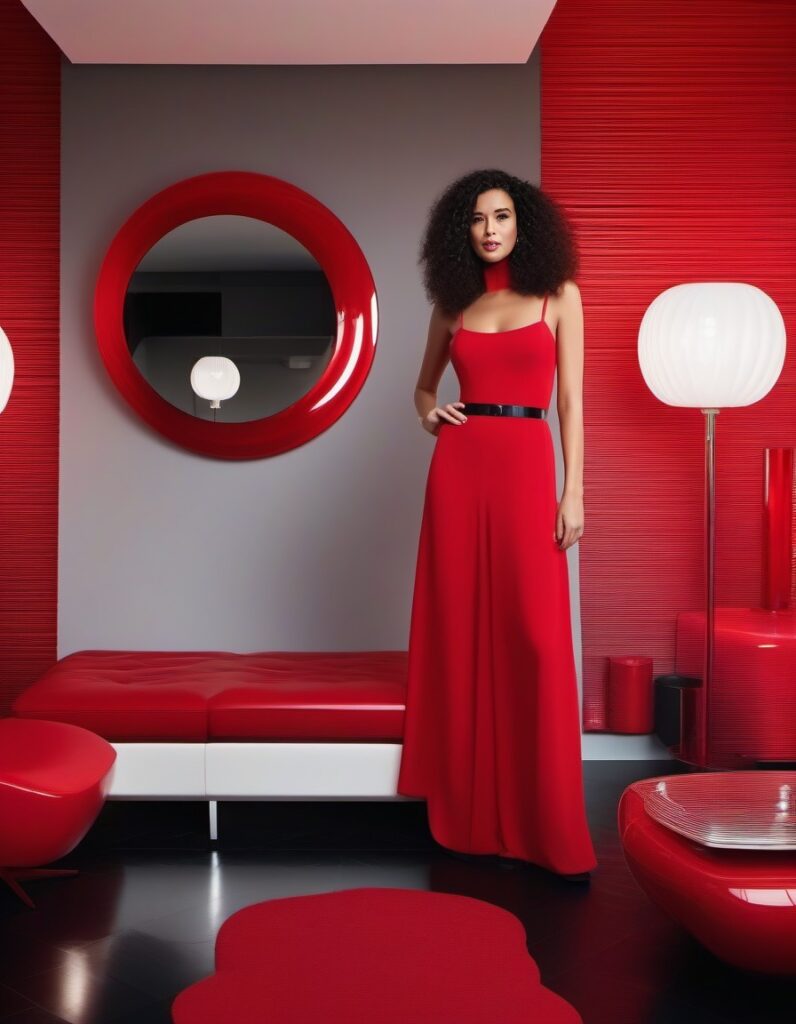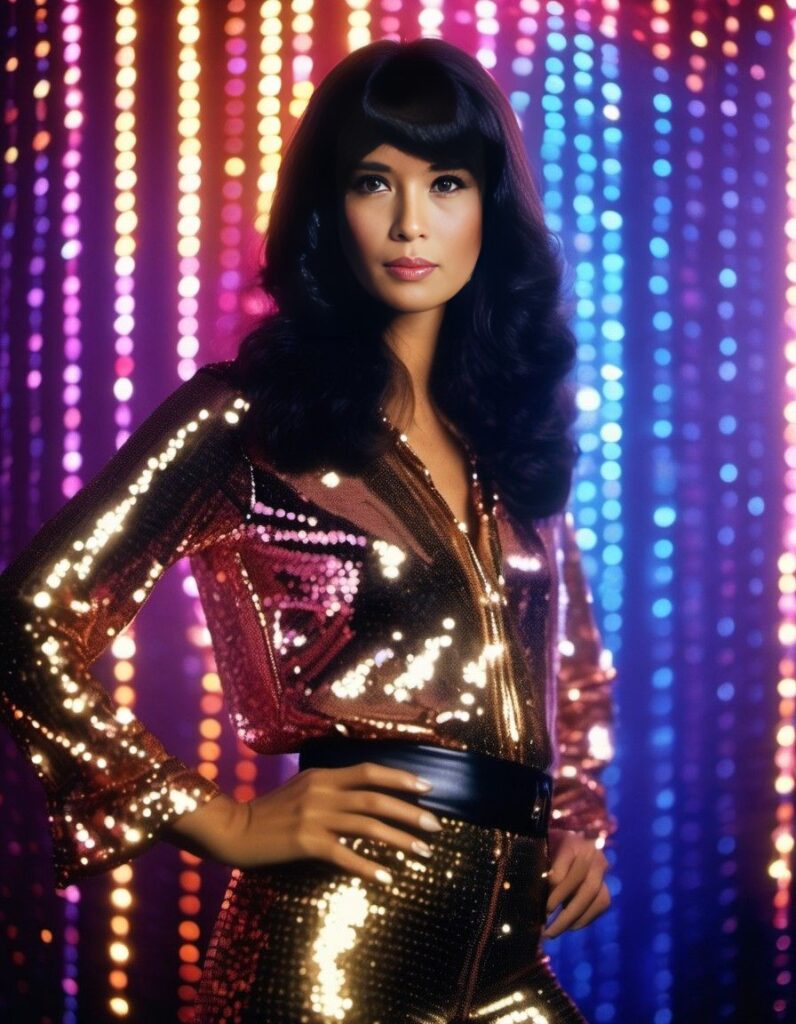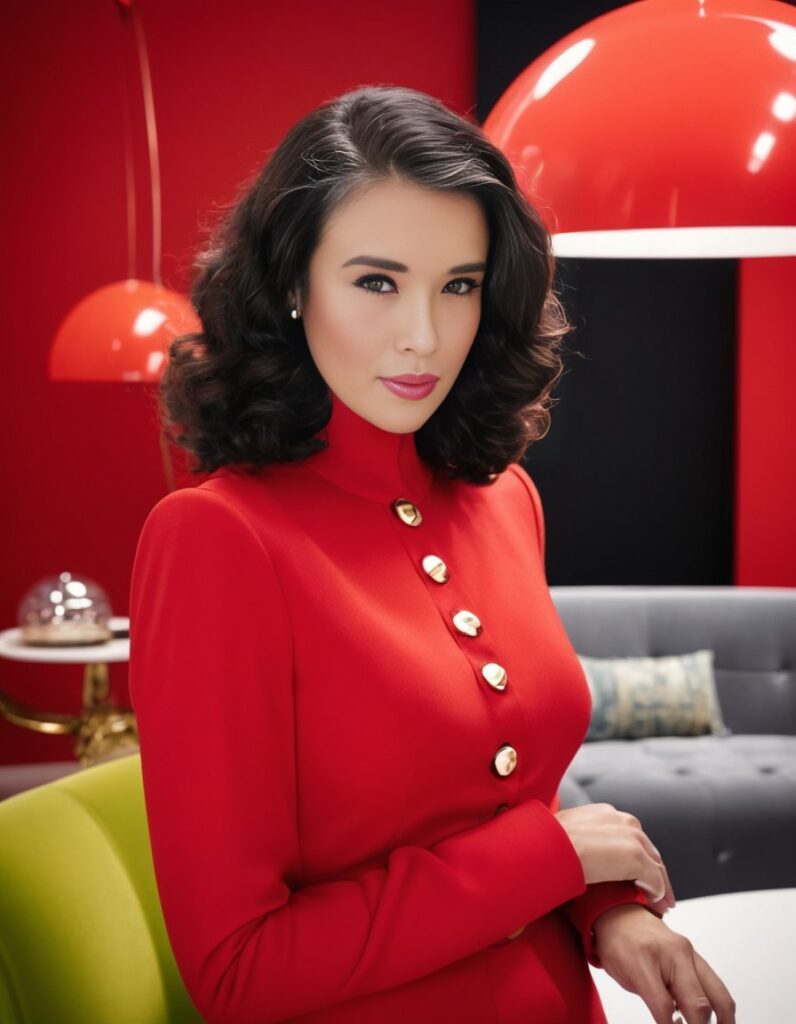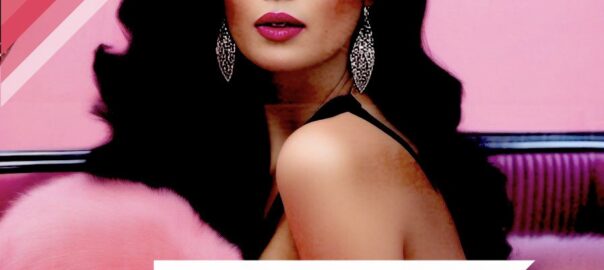Lately, I’ve made the decision to finally publish my autobiography. I began writing it back in 2005, with plans to share it with the world. However, life took an unexpected turn when I moved to Denmark, and those plans were put on hold.
Now, I’m ready to share my journey.
The book is a deeply authentic project, weaving together retro and modern design elements to narrate my experiences. I explore how science has, in many ways, “designed” my life—shaping my path, guiding my growth, and turning challenges into opportunities. Alongside these narratives, the book will feature my creative work: song compositions, poetry, artwork, and more. Through these elements, I want to show how my creative thinking has evolved, inspired by both retro and modern influences.

Interestingly, the theme of modern retro came to me almost by coincidence. My home is currently decorated in a modern retro style—vibrant colors, vintage accents, and an interplay between old and new. It made me realize just how deeply my passion for colors and design is embedded in my everyday life. This passion extends beyond physical spaces and is rooted in everything I create and do. And now, it’s impossible to ignore that retro is making a comeback, finding its way back into our homes, our fashion, and even our technology.

The Rise of Retro Aesthetics: Why We’re Turning Back to Move Forward
In recent years, there’s been a resurgence in retro aesthetics across fashion, interior design, art, and even digital spaces. It’s more than just nostalgia—it’s about creating warmth, character, and authenticity in a world that often feels disposable and disconnected. Retro aesthetics allow us to bridge the past and the present, blending the best of both worlds into something meaningful.
Why Retro is Trending Again
So, why is retro back? For many, it’s about connecting to a different time—a simpler, often more vibrant era. In a world of mass production and fleeting trends, people crave something authentic and timeless. Retro gives us that: it brings warmth, uniqueness, and comfort, blending familiarity with individuality.
This resurgence is about creating a sense of nostalgia while embracing innovation. It’s not just a recreation of past designs; it’s about updating them in ways that resonate with the present. It’s no surprise that retro aesthetics have made their way into so many aspects of our lives, from the clothes we wear to the homes we live in.
Retro Aesthetics in Interior Design

Interior design has been one of the major areas where retro elements are flourishing. From mid-century modern furniture to patterned wallpapers, bold colors, and vintage accents, people are increasingly opting for decor that has personality. Modern retro interiors combine nostalgic touches—like rounded furniture or vintage lighting fixtures—with the functionality and sleekness of contemporary design. This blend creates spaces that are both inviting and practical, where stories are told through every piece of furniture and decoration.
Retro Fashion: The Return of Iconic Styles

Retro has also taken over the fashion world. Iconic pieces from past decades are making a strong return: ‘70s flared jeans, ‘80s power suits, ‘90s oversized denim jackets, and vintage accessories like beaded bags and classic sunglasses are all back in style. It’s as if our closets are becoming time capsules, each piece telling a story from a particular moment in history. The revival of retro fashion is a way to stand out, to be unique in a world of mass-produced fast fashion. It’s about finding your personal expression by mixing the old with the new.
Retro in Technology and Digital Spaces
Even in digital design, we see this return to retro aesthetics. Vintage fonts, grainy textures, old-school color palettes, and references to early video games are being used in branding and UI/UX design. Designers use these retro elements to evoke nostalgia and to create digital experiences that feel more tactile and real. The juxtaposition of retro design with cutting-edge technology brings out a quirky yet comfortable appeal—a blend of the familiar with the new.
Incorporating Retro Into Your Life

For those looking to bring retro vibes into their everyday spaces, the process doesn’t have to be overwhelming. Start with small accents—add vintage picture frames, swap modern lamps for retro-inspired ones, or incorporate bold, patterned textiles into your home. Retro aesthetics are about creativity and storytelling, and each element should reflect a personal connection to the past.
Blending Past and Present
Ultimately, the appeal of retro lies in its ability to mix nostalgia with modernity. It’s about reimagining the past in a way that fits with who we are today. In embracing retro aesthetics, we connect with our roots while expressing something new and individual. The trend is not just about recreating the past but also reinterpreting it to bring warmth and character into our modern lives.
Retro is Back, and So is My Story
This resurgence of retro aesthetics resonates deeply with my own journey, which is at the heart of my autobiography. Much like the return of retro design, my story is about revisiting the past while embracing the present—a fusion of nostalgia and innovation. The retro elements in my life—whether in design, fashion, or mindset—are like echoes that still influence who I am today. Writing this book has become my way of blending those echoes with my current reality, crafting something vibrant and enduring.
The comeback of retro in design is a reflection of how we all find meaning in the past while making something new for the future. My book captures this very essence: it is a journey of renewal, showing how old experiences are reimagined in new contexts, just as retro styles find a home in our modern lives. In the end, this blend between past and present is what makes the story authentic—just as retro makes modern aesthetics come alive with character and history.
